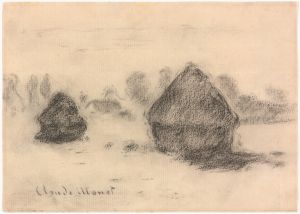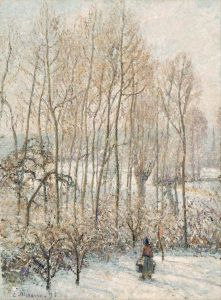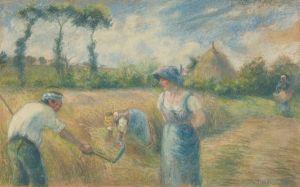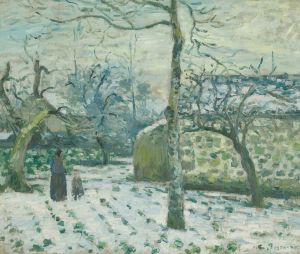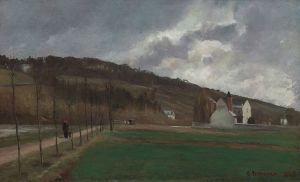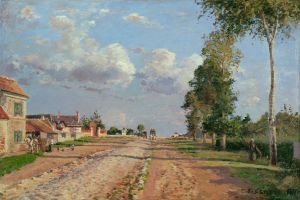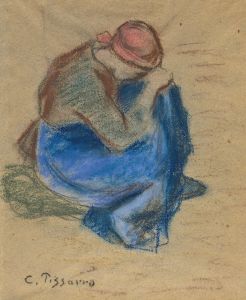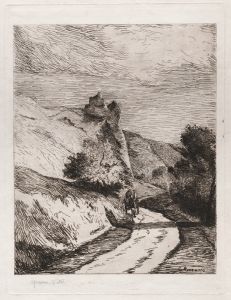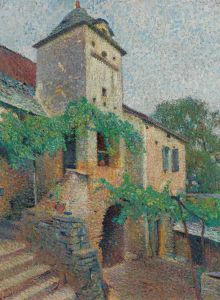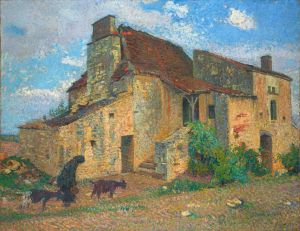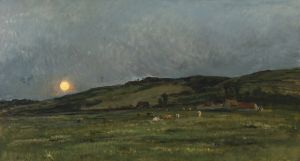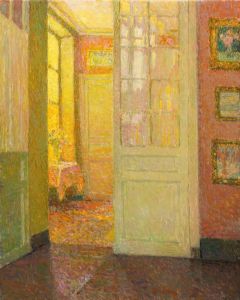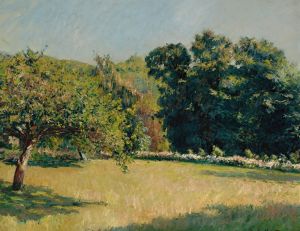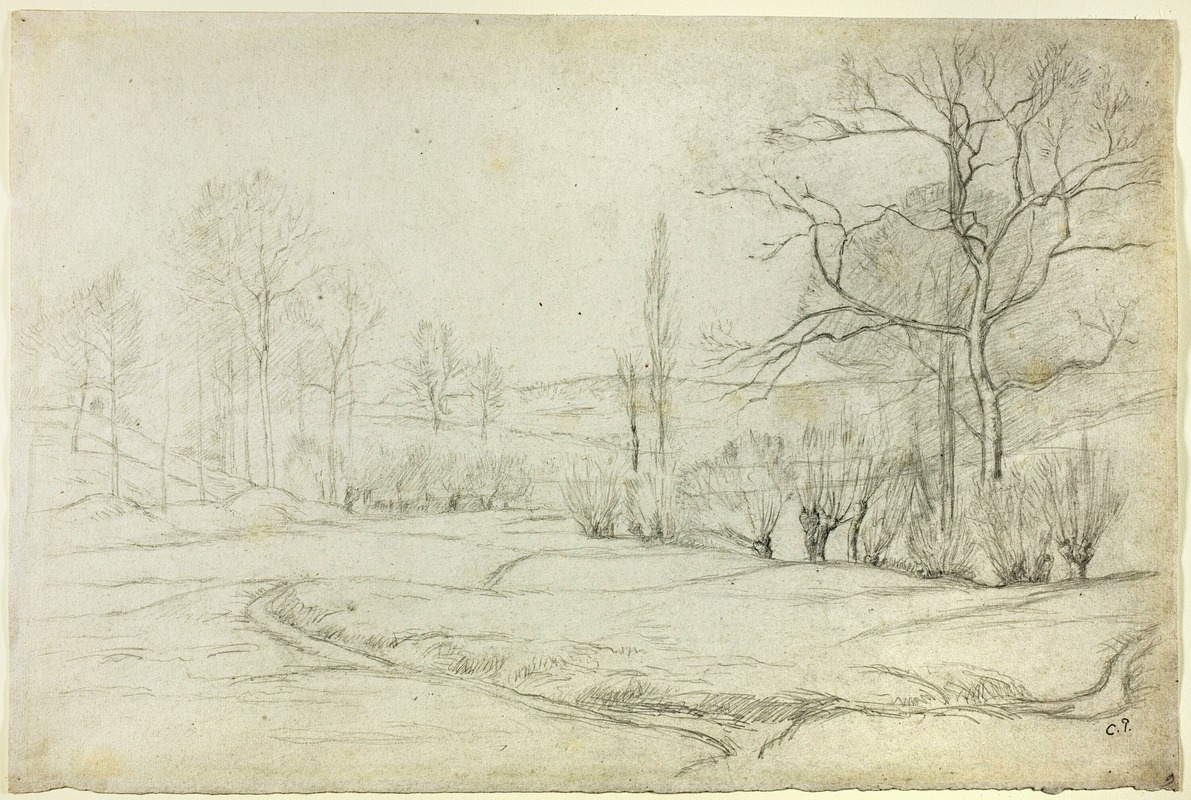
Landscape in Montfoucault
A hand-painted replica of Camille Pissarro’s masterpiece Landscape in Montfoucault, meticulously crafted by professional artists to capture the true essence of the original. Each piece is created with museum-quality canvas and rare mineral pigments, carefully painted by experienced artists with delicate brushstrokes and rich, layered colors to perfectly recreate the texture of the original artwork. Unlike machine-printed reproductions, this hand-painted version brings the painting to life, infused with the artist’s emotions and skill in every stroke. Whether for personal collection or home decoration, it instantly elevates the artistic atmosphere of any space.
"Landscape in Montfoucault" is a painting by the renowned French artist Camille Pissarro, a pivotal figure in the Impressionist movement. Created in 1874, this artwork exemplifies Pissarro's dedication to capturing the natural beauty and rural life of the French countryside. Pissarro, known for his innovative techniques and commitment to plein air painting, often depicted scenes that highlighted the changing effects of light and atmosphere, a hallmark of the Impressionist style.
The painting portrays the rural landscape of Montfoucault, a small village in Normandy, France. This region was a frequent subject for Pissarro, who was deeply inspired by its serene environment and the simplicity of rural life. The composition of "Landscape in Montfoucault" reflects Pissarro's keen observation of nature and his ability to convey the tranquility and harmony of the countryside. The painting features a harmonious blend of colors and textures, with soft brushstrokes that capture the essence of the landscape.
Pissarro's approach to this painting is characterized by his use of light and shadow to create depth and dimension. The interplay of light across the fields and trees is depicted with a subtlety that draws the viewer into the scene, evoking a sense of being present in the moment. This technique is a testament to Pissarro's skill in rendering the transient effects of light, a central concern for the Impressionists.
During the time "Landscape in Montfoucault" was painted, Pissarro was actively involved with other leading Impressionist artists, including Claude Monet, Edgar Degas, and Pierre-Auguste Renoir. The year 1874 was particularly significant for Pissarro and his contemporaries, as it marked the first Impressionist exhibition in Paris. This exhibition was a defining moment for the movement, challenging traditional artistic conventions and introducing a new way of seeing and representing the world.
Pissarro's work, including "Landscape in Montfoucault," was instrumental in shaping the direction of modern art. His emphasis on capturing everyday scenes and his innovative use of color and light influenced not only his peers but also subsequent generations of artists. Pissarro's commitment to depicting the natural world with authenticity and emotion remains a significant contribution to the art world.
Today, "Landscape in Montfoucault" is appreciated for its artistic merit and historical significance. It serves as a reflection of Pissarro's artistic vision and his ability to convey the beauty of the natural world through his unique Impressionist lens. The painting continues to be studied and admired by art historians and enthusiasts alike, who recognize Pissarro's role in the development of modern art and his enduring legacy as a master of Impressionism.





